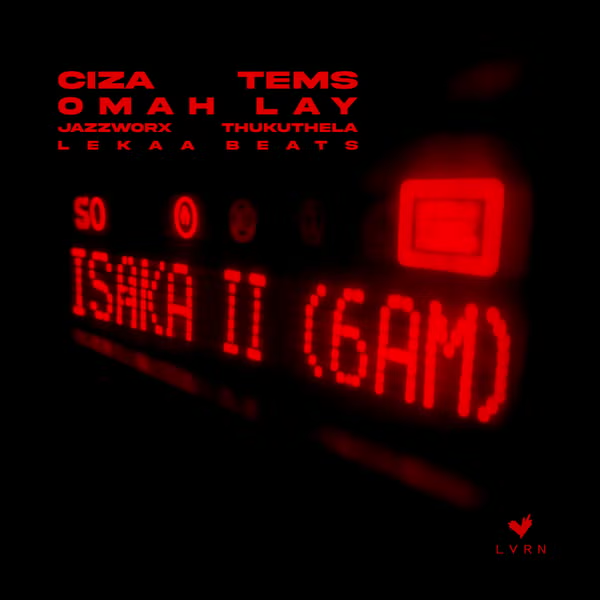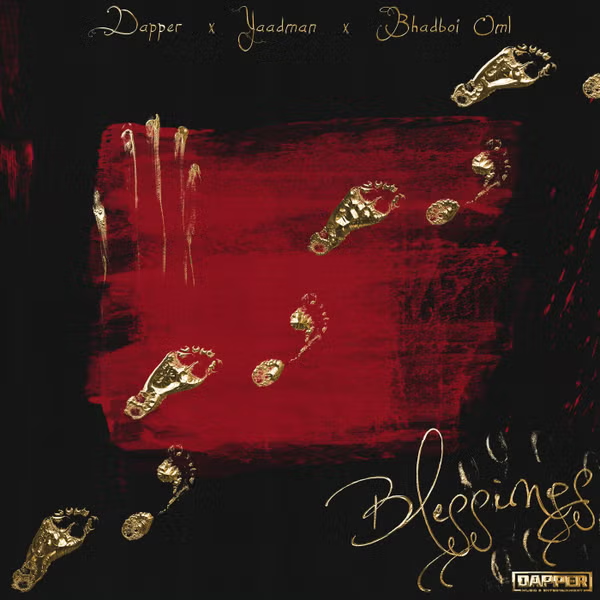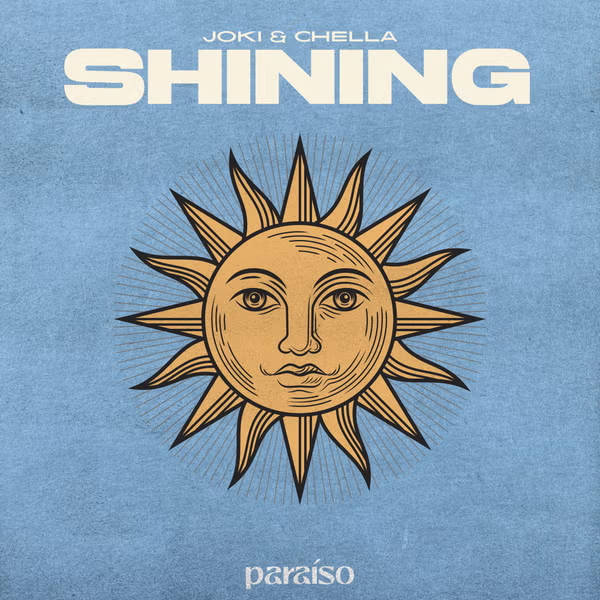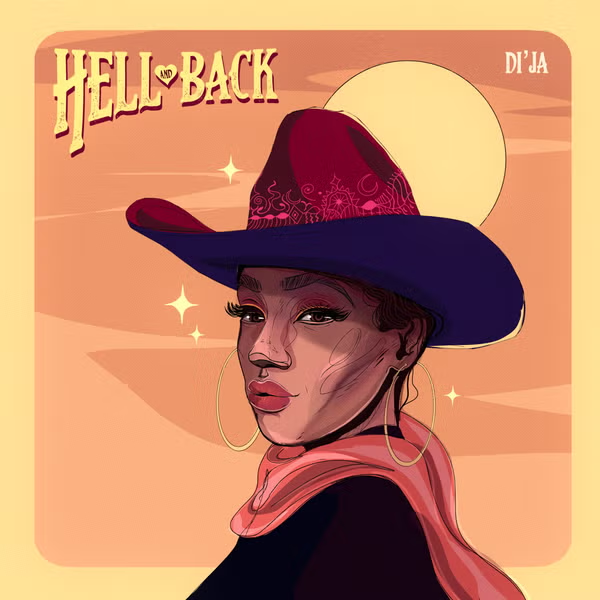It is no longer news that people marry different things/objects for strange reasons. People have been known to marry dogs, trees, insects, e.t.c. In Nepal, marrying with the Sun is quite unbelievable in this part of the world. You might be puzzled of thinking that how it is possible to marry a raging fire. It is a traditional ritual for a Newari girl to marry the Sun.
Newari is one of the ethnic groups in Nepal. Their language, lifestyle, culture, tradition, and rituals are totally different from other ethnic groups.
One of their unique traditional rituals is “Gufa” when a girl of age between 12-14 years old has to stay in a dark r
oom for twelve days before menstruation.
Gufa is also known as ”Surya Darshan”, a marriage with Sun on the 12th day. This traditional ritual has its own significance and it is performed by different families in different ways.
It is believed that the girl is protected by the Sun from the bad people and the evils after the marriage. On the contrary, it is hard and risky for the girls to spend twelve days in a dark room to complete this ritual.
The main purpose of this ritual is for the protection of girls as it is believed that the sun will protect the girl from bad people. The darkroom signifies the Gufa tradition.
Gufa is set in one of the darkrooms of the house. This traditional ritual is only for the girls of age between 12-14years who are kept in a dark room for twelve days in the month of February and March.
Dur
ing these days, ”Bahra Khayak” (ghost) is made and worshipped. Girl’s aunt, marital uncle, father, mother, and grandmother are the most important persons who have their own particular roles for completing this ritual.
After twelve days, aunt brings the girl who will be blindfolded out of the house; marital uncle puts the oil on girls’ hair; father and mother give “Sagun” which is an egg and curd and the grandmother ties the
girl and the Sun as a husband and a wife.
The ways of performing this traditional ritual differ according to the family. Some of the families keep their girls in a dark room for six days, whereas most of the families keep their girls in a dark room for twelve days.
Oil is not applied by the girl for twelve days. On 6th day, relatives visit her with fruits. The girl is entertained with folk songs and dances which are performed by her friends.
On the 12th day, the girl gets married to the Sun. She takes a bath before the sunshine. Her aunt brings out of the house blindfolded to have “Surya Darshan”(to see the sun ).
During this ritual, the grandmother performs a major role. She first worships God Ganesh and the Sun. Then she gives wheat seeds and rice grains to the girl which the girl throws backward three times. ”Sindoor”, red color is put on the forehead of the girl and her marital uncle puts oil on her ha
ir. After this, the girl is considered as a wife of the Sun.
The ritual ends with a party which we call “Bhoj”, a traditional meal made from meat, beaten rice, different types of vegetables like potato, bamboo shoots, cabbage, cereals.
All relatives come to attend the ritual with clothes and rice grains for the girl. Each family member now consid
ers that the girl is not a mere child but has now become an adolescent. This traditional ritual signifies the changes in the life of girls. However, it shows the significance of the Newari tradition.
Gufa also has negative aspects that means it is very risky. While performing this ritual, most of the girls get sick and even die. If the girl dies during this period then she is buried in the same room.




























